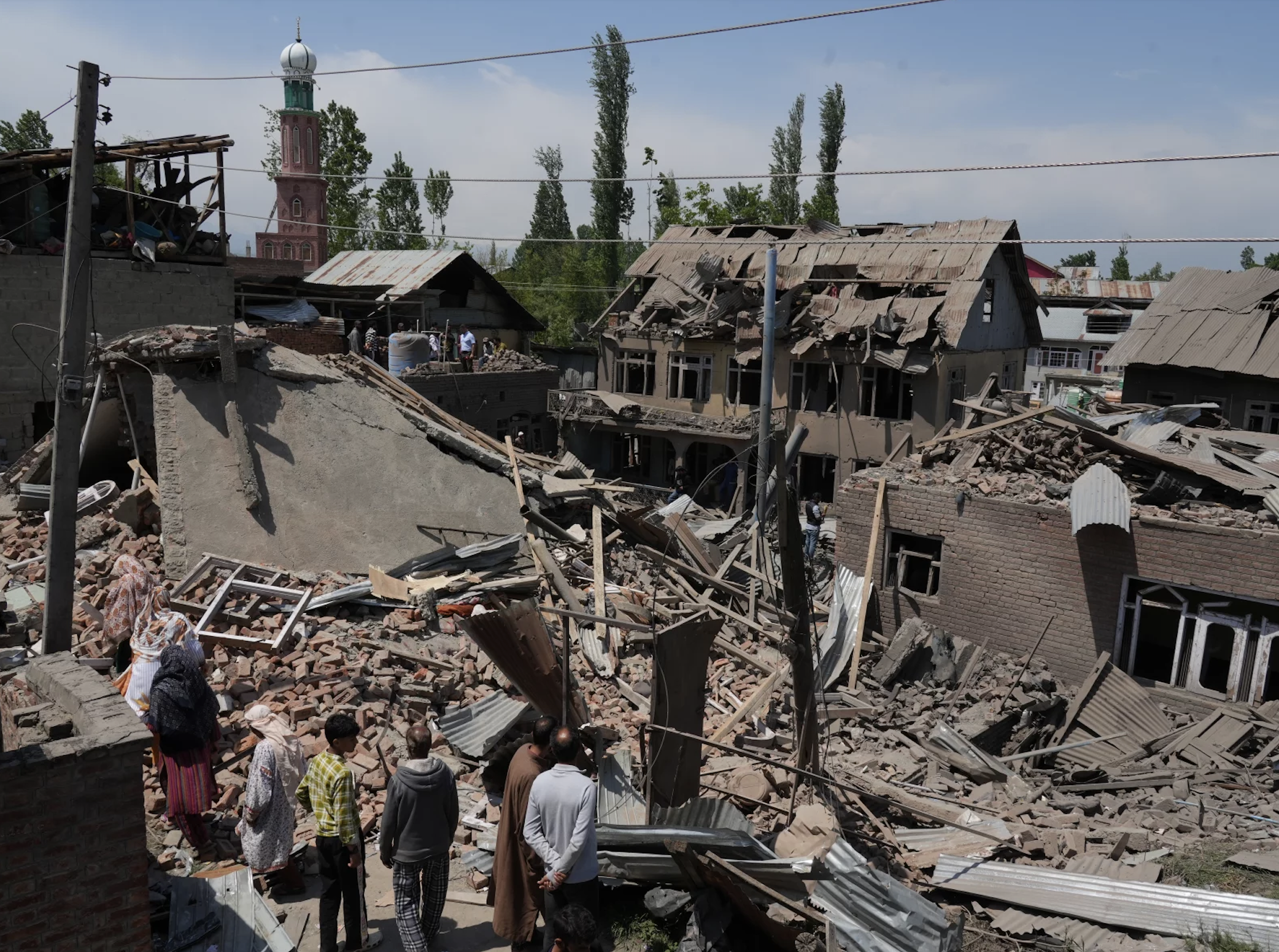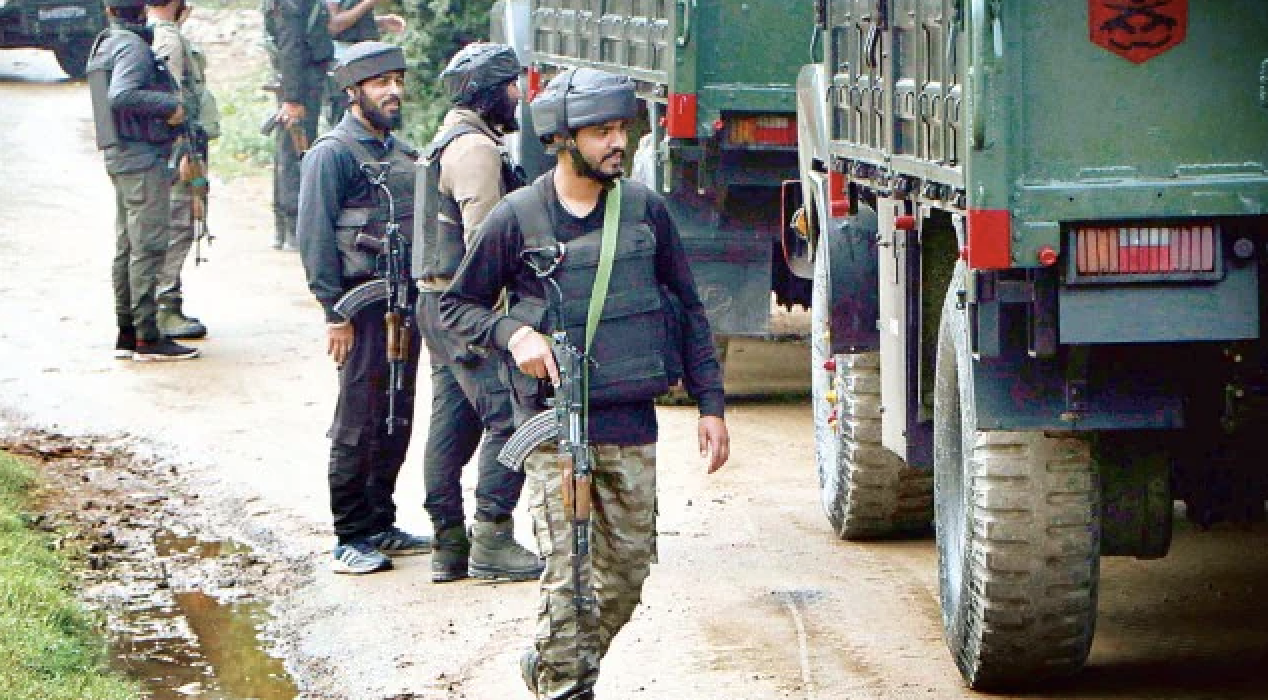
By NIKITA JAIN / The Citizen
A citizen’s report by former civil servants on the 2020 Northeast violence has explained how the current government engineered anti-Muslim narrative and propaganda led to violent signals and with how when amalgamated with hate messaging in public discourse, it actually led to incidence of violence.
The report was written by the Constitutional Conduct Group (CCG), which is a group of former civil servants belonging to the All India and Central Services who have worked with the Central Government as well as different State Governments of India.
In February 2020, India witnessed violence in Delhi’s northeast area, which led to the deaths of 53 people and left hundreds injured. Following the riots, the group visited some of the affected areas and later wrote to the President of India asking for a judicial enquiry.
“Considering the horrific nature of the riots, the scale of violence, the loss of lives and the resulting communal divide between communities, we felt that an expert body should carry out a thorough examination of what transpired before, during and after the riots. We invited a group of retired judges and civil servants with proven records of public service to take on this task,” the report stated.
The Citizens Committee consisted of Justice Madan Lokur, former judge of the Supreme Court (Chairperson), Justice A.P. Shah, former Chief Justice of the Madras and Delhi High Courts and former Chairman, Law Commission of India, Justice R.S. Sodhi, former judge of the Delhi High Court, Justice Anjana Prakash, former judge of the Patna High Court, G.K. Pillai, IAS (Retd.), former Home Secretary, Government of India, Dr. Meeran Chadha Borwankar, IPS (Retd.), former Director General, Bureau of Police Research and Development.
The Committee completed the report, titled “Uncertain Justice: A Citizens Committee Report on the North East Delhi Violence 2020”, authored by the five members. The report, organised into three parts, examines different facets of the violence from its genesis, nature, and aftermath.
Part I sets the context of what was triggered by the amendments passed to the citizenship law, analyses the build-up to the violence, its trajectory, and the state’s response as it unfolded.
This story was originally published in thecitizen.in . Read the full story here





